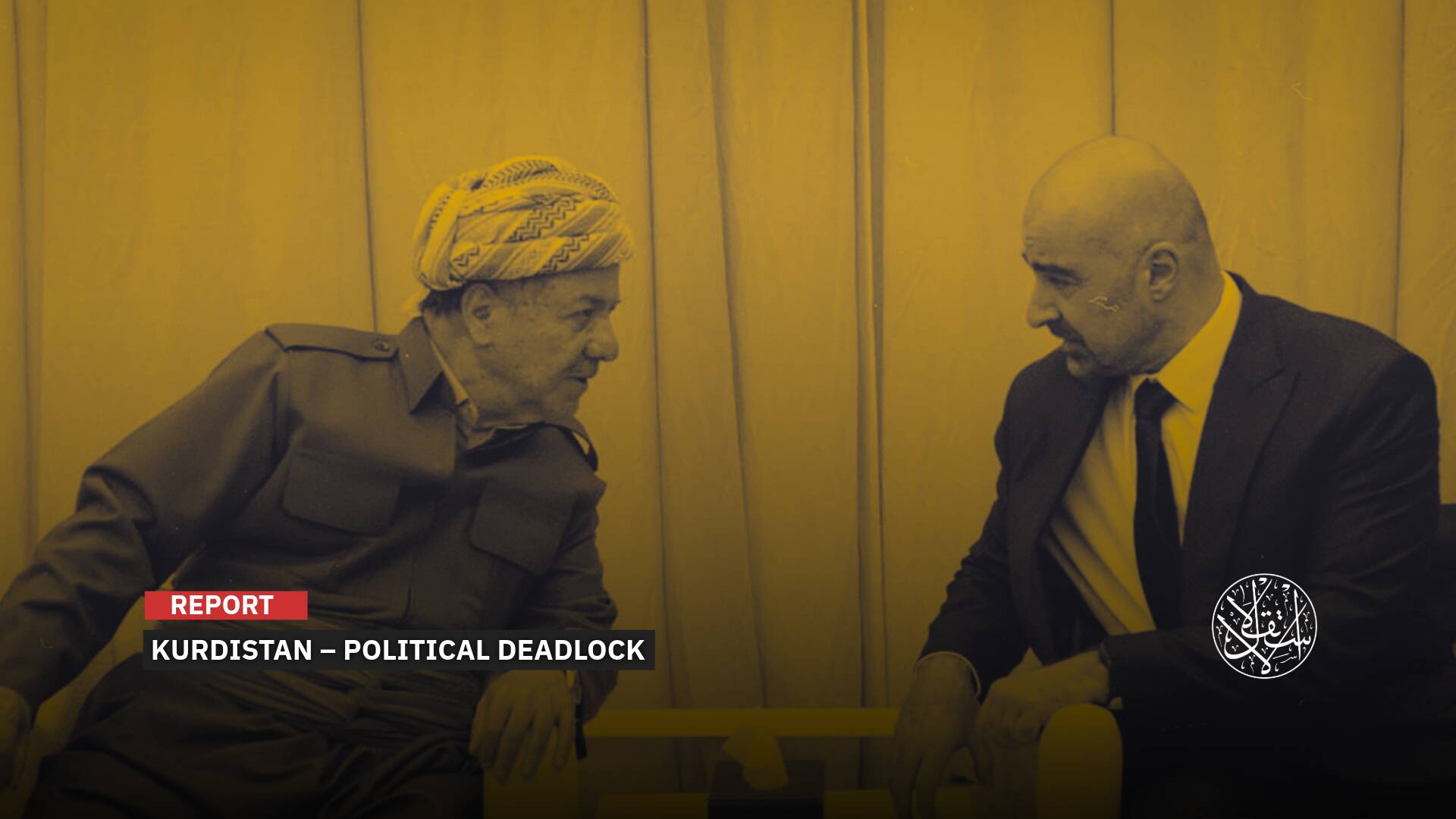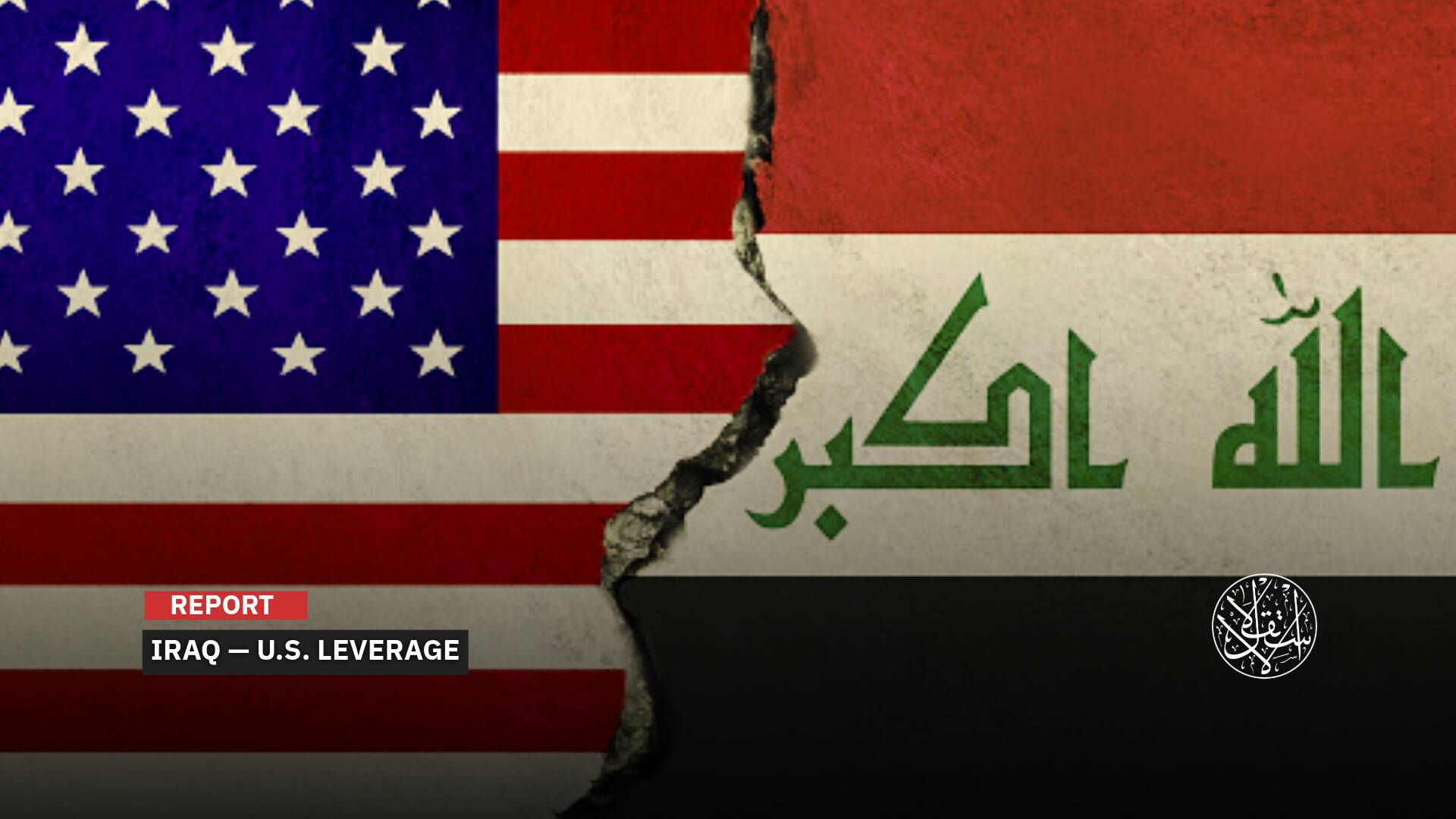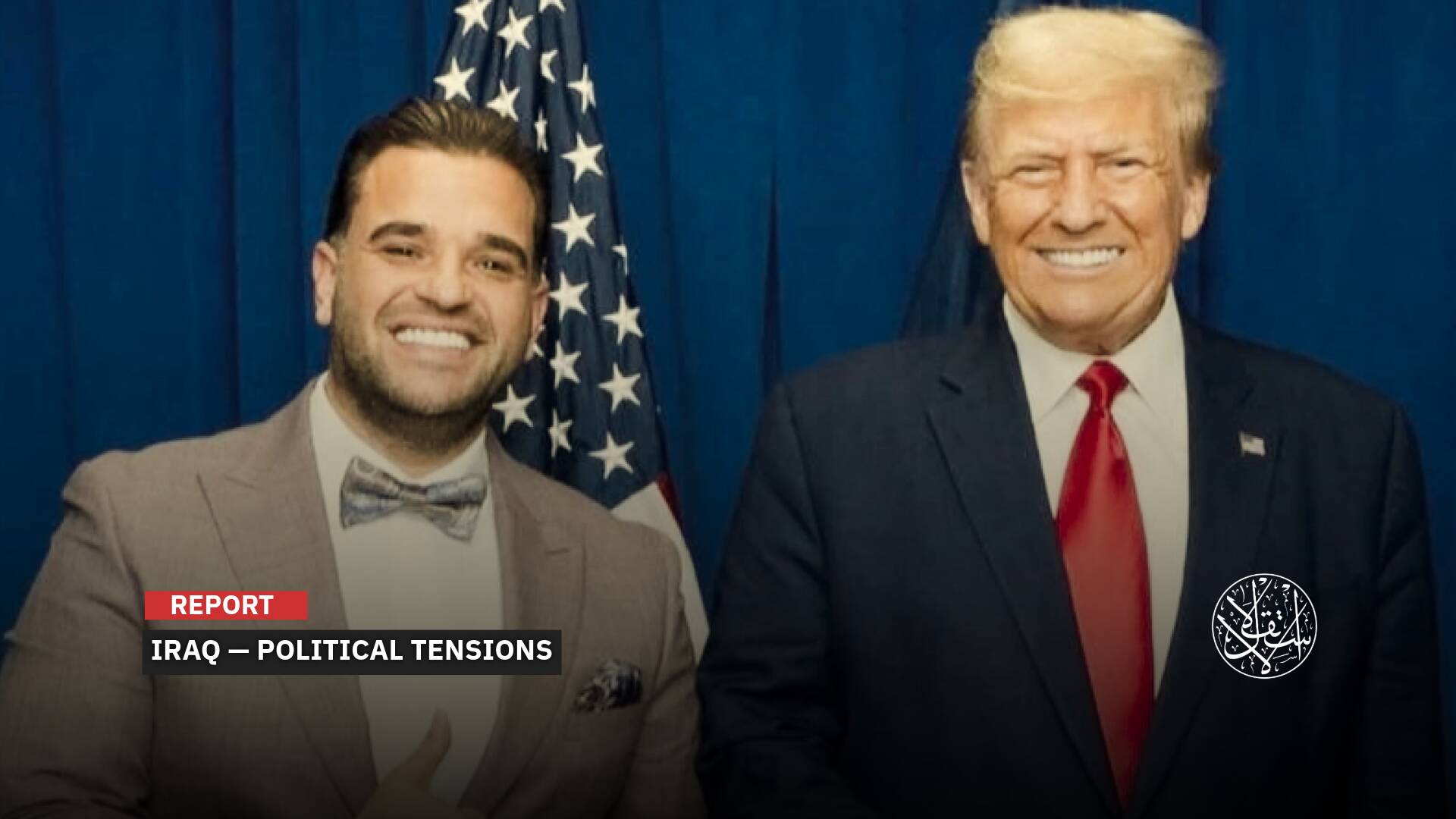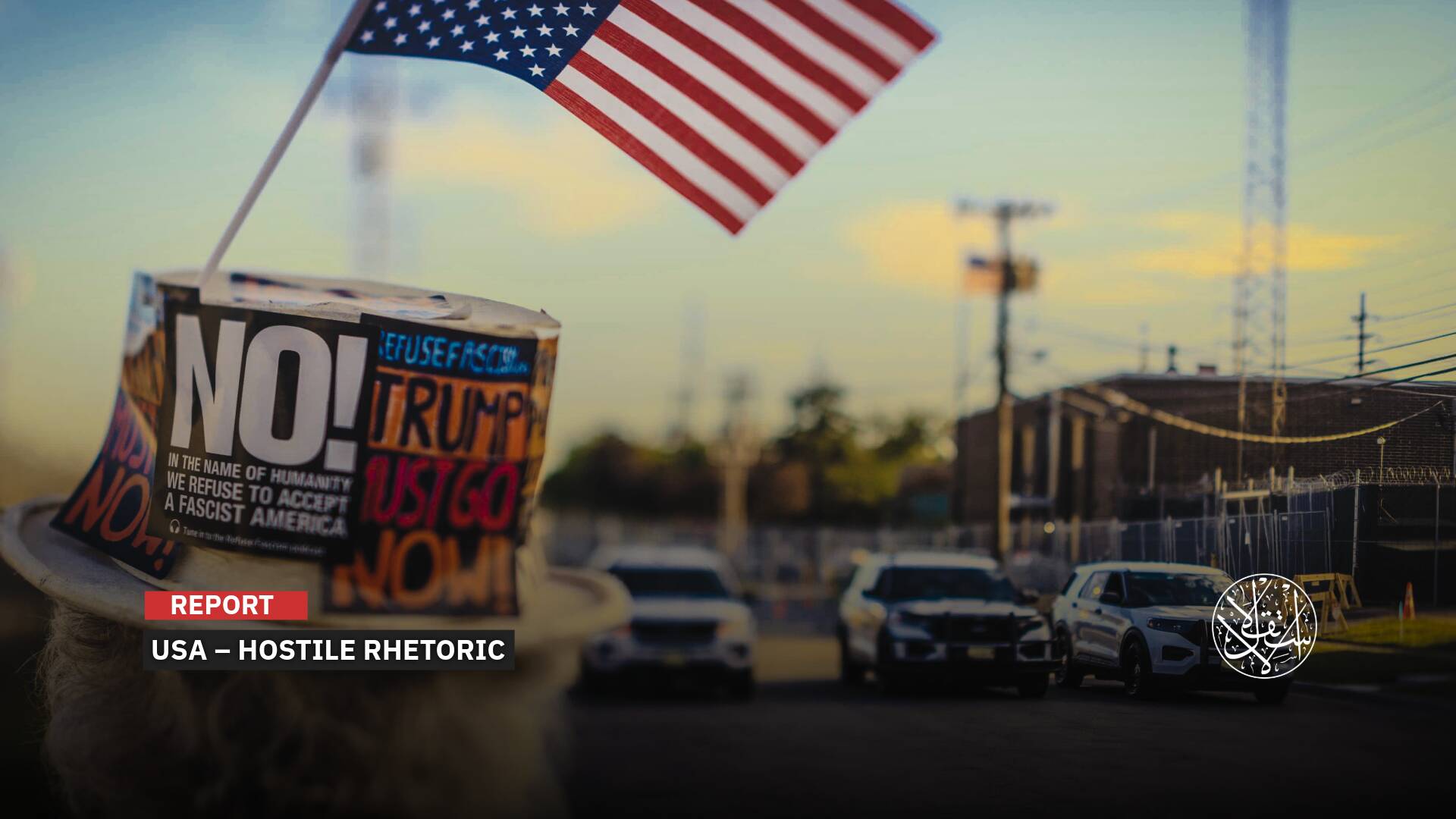How Does Iran Pressure International Ships Through the Strait of Hormuz?

Iranian naval forces have intensified their hijacking of oil ships of various nationalities in the Strait of Hormuz, a vital waterway for global oil trade, in response to the sanctions imposed by the Trump administration on Iran in 2022.
The latest incident occurred this month, when Iranian speedboats seized a Panamanian-flagged tanker, Niovi, after an Iranian court ordered its detention over a legal dispute, according to the Tehran prosecutor.
The United States Navy’s Fifth Fleet, based in Bahrain, said Niovi was forced to divert its course toward the Iranian port of Bandar Abbas around 6:20 a.m. local time while sailing from Dubai to Fujairah in the United Arab Emirates.
It was the second time in less than a month that Iran had captured a foreign vessel in the region.
On April 28, Iranian forces took over a Marshall Islands-flagged tanker in the Gulf of Oman, accusing it of trespassing into Iranian waters.
The Navy said Iran had “harassed or attacked” nearly 15 internationally flagged merchant ships and illegally detained at least five commercial vessels in the Middle East in the past two years.
Seizing Foreign Ships
Iran has a history of seizing foreign ships near the Strait of Hormuz or other parts of the Gulf as a way of exerting pressure on its adversaries.
In September 2019, Iran released a British-flagged oil tanker, the Stena Impero, after holding it for two months while it was passing through the strait.
In May 2022, Iran’s Islamic Revolutionary Guard Corps announced that it had detained two Greek oil tankers in Gulf waters for violating international navigation rules.
The Strait of Hormuz is one of the most strategic chokepoints in the world, connecting the Gulf with the Indian Ocean and the Arabian Sea. It is bordered by Oman on the south and Iran on the north; about 30 miles long and 200 feet deep.
It is the only water outlet for countries such as Iraq, Qatar, Kuwait, and the United Arab Emirates.
About 90 percent of the Gulf Cooperation Council’s oil exports, or 40 percent of the world’s oil supply, pass through it every day. That amounts to about 17 million barrels of oil daily.
‘Israeli’ Cause
Dr. Ibrahim Fraihat, a professor of international conflicts at the Doha Institute for Graduate Studies, told TRT Arabi that Iran’s recent seizure of ships in the strait may be linked to Israel’s growing presence in the region after the Abraham Agreement, which enabled Israeli economic and security activities near Iran’s borders and territorial waters.
He said this was “a red line for Iran” and “a danger and a threat to Iran’s national security.”
He also said that Iran might have other political motives for its actions, such as drawing global attention to its strategic interests and gaining leverage in its nuclear negotiations with the West.
Dr. Mahjoob Zweiri, the director of the Gulf Studies Center at Qatar University, said in media statements that Iran was trying to assert its authority over the strait and challenge the notion that it was international waters.
He said Iran wanted to show the West that it could not exclude Iranian oil from regional exports.
He added that Iran was “harassing” commercial and oil vessels to pressure the West to lift the sanctions on its oil sector.
The two experts agreed that Iran’s operations would not affect its recent rapprochement with Saudi Arabia, as none of the targeted ships belonged to Saudi Arabia or other Gulf countries.
They said that Saudi Arabia and Iran were trying to improve their bilateral relations and address their disputes in separate ways.
According to the researchers, Saudi Arabia had no reason to intervene in the strait as long as its interests were not threatened.
International Tension
Security tensions continue to plague the Strait of Hormuz and the Gulf of Oman region, where the interests of major powers and the international community collide.
The narrow Strait of Hormuz, which connects the Gulf to the Indian Ocean, is a vital artery for global oil supplies and a frequent flashpoint for confrontation. Iran has often threatened to close the strait in response to U.S. sanctions and military pressure.
One of the major frictions happened in April 2023 when the U.S. military announced that it had sent a nuclear-powered submarine armed with cruise missiles to the Middle East, citing “recent events” and “public threats” from Iran. The move came after the U.S. carried out airstrikes in Syria against Iranian-backed militias last week.
Iran denounced the submarine deployment as a sign of Washington’s “warmongering” and “instability” in the region. A foreign ministry spokesman said that the U.S. should respect the will of the regional nations and stop interfering in the affairs of West Asia and the Persian Gulf, which he said were aimed at serving the interests of Israel.
Experts warn that without realistic and respectful solutions that address this region’s complex and sensitive issues, any military or intelligence activities in the strait could trigger a global economic and financial crisis.
Fraihat said that the strait is an international transit station for oil ships, and any security escalations in the area will affect commercial and economic activities in the world, especially the oil market. This will also drive up global oil prices.
Iran, one of the world’s top oil exporters and the third-largest producer of crude oil in OPEC after Saudi Arabia and Iraq, has a vital stake in the strait.
It produces 2.7 million barrels of oil per day and exports 1.7 million barrels per day. It also produces 850 million cubic meters of gas annually, making it the third-largest gas producer in the world.
However, due to international sanctions on its oil and gas exports, Iran cannot sell all of its daily output.









